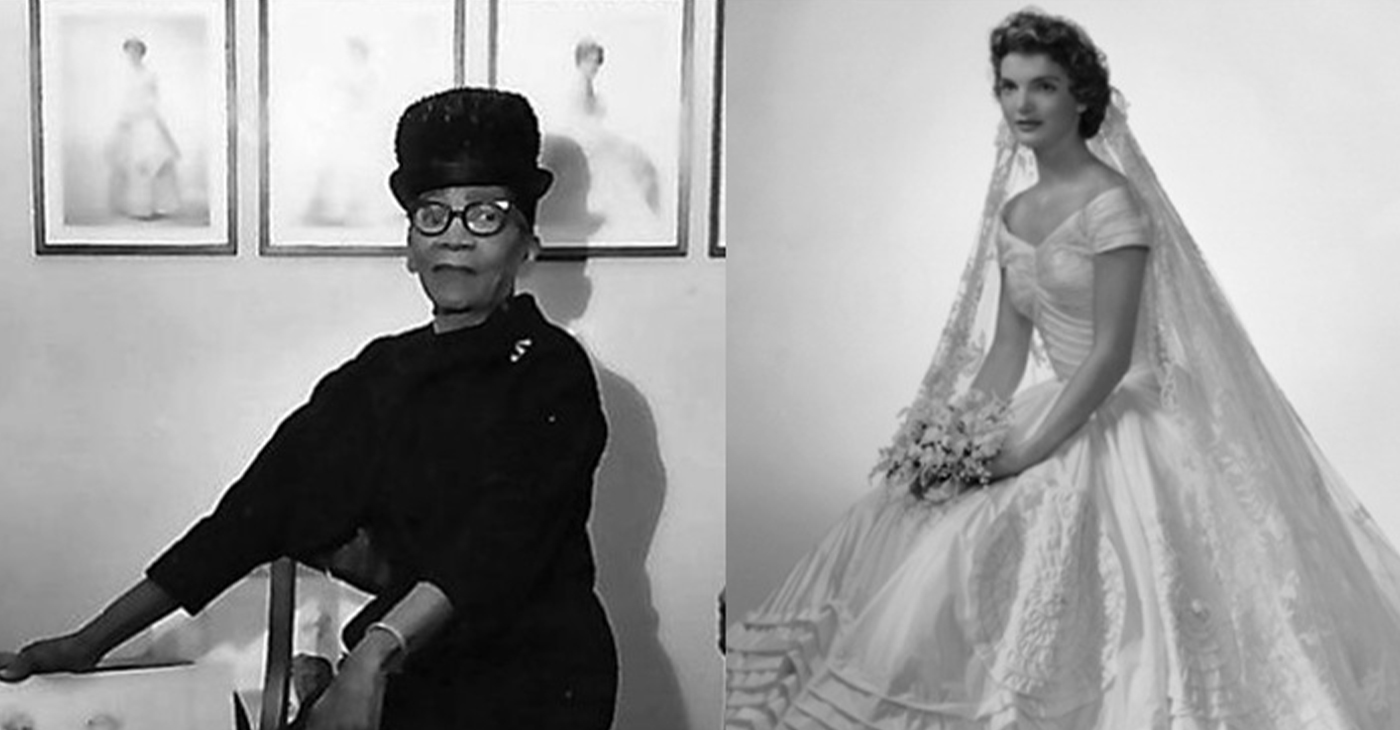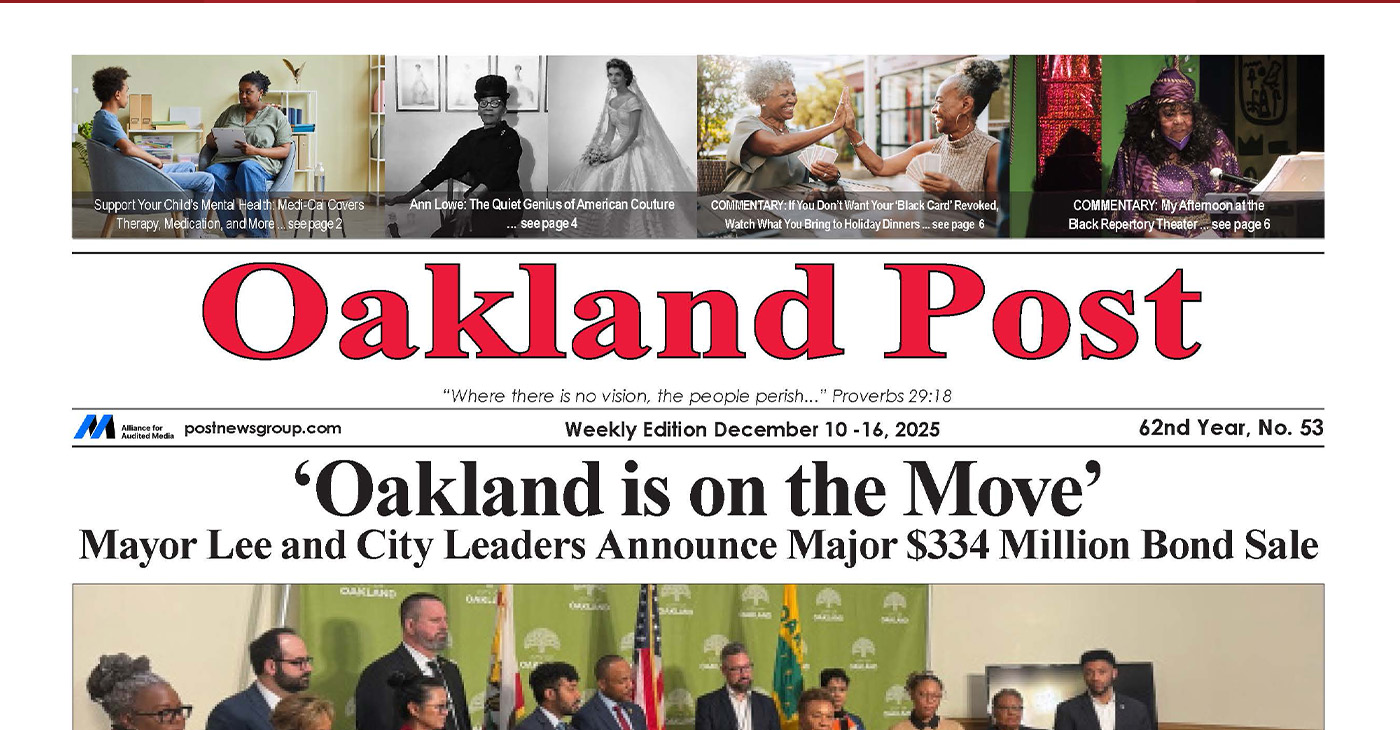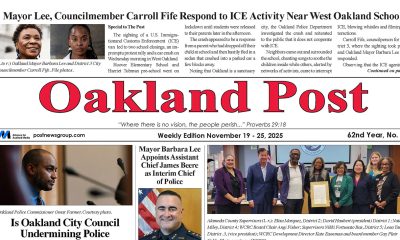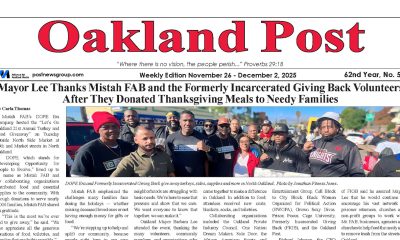National
Blacks Engage with Local News More than Whites
By Jazelle Hunt
NNPA Washington Correspondent
WASHINGTON (NNPA) – A growing body of research indicates that Black people pay more attention to local news and digital media than other groups.
The Pew Research Center revisited this trend with its study titled, “Local News in a Digital Age.” The research surveys residents of Denver, Macon, Ga., and Sioux City, Iowa to examine news consumption and community involvement habits along racial lines.
“One of the greatest disparities occurs not across metro areas, but within them:
that of race and ethnicity,” the report finds. “Both Hispanics in Denver and Blacks in Macon closely follow local and neighborhood news at higher rates than their white counterparts.”
In Macon, where the researchers compared data between Black and White respondents, 70 percent of Black people followed local news closely, compared to 43 percent of White respondents, and 60 percent of Hispanic respondents in Denver.
People who pay attention to the news are interested in a variety of topics. But Black respondents gave particular attention to news about crime.
“In Macon, about half (51 percent) of residents follow crime news very closely, substantially higher than in the other two cities studied,” the report states. “Macon residents also stand out somewhat from the other two cities for their close attention to what is happening in local schools, the local economy, local government and politics, and local jobs and unemployment.”
Among respondents who focused on crime, Black peoples were also more likely to discuss crime news with others – 86 percent of Black respondents said they did, compared to 76 percent of White respondents.
The study notes that income and education also influences the interest in crime news; respondents with lower incomes and less education were likelier to be informed about the crime in their neighborhoods.
The Macon metropolitan area is 41 percent Black, which may also help explain another of the report’s findings: Black residents are more likely to “feel they can have a big impact on the city” than their White counterparts. This was also true for Hispanics in Denver, in comparison to White respondents there.
This optimism about their own capacity is in stark contrast to their outlook on the city –only 9 percent Macon respondents rated it an “excellent” city, and 43 percent rated it “fair to poor.”
Still, people in Macon, Black and otherwise, generally have the highest civic participation rates among the three cities surveyed. It is unclear whether the high news consumption causes people to be more involved in their communities, or whether it is the other way around.
Interestingly, Black people in the study engage with their local media more, and in different ways than do their White neighbors. Social media, for example, is a more important pathway to the news for Black respondents than for their White counterparts.
“For example, blacks in the Macon area who get local news from The Telegraph are more likely than whites to access the site via social media,” the report states.
“Among consumers of other print publications beside the major daily, blacks are nearly three times as likely to have gotten there via social media than whites (25% vs. 9%). And about twice as many blacks (13%) who get news on local radio access it through social media than do whites (6%).”
Black people in Macon are also more likely than Whites to interact with their local media outlets, as opposed to simply consuming the news. They were more likely to call into a live radio show, comment on a local news or local government blog or website, submit their own content to a news outlet.
Despite all of this interest in news, Macon is sorely lacking in media options geared toward Black people or their interests. The report lists the Georgia Informer, a monthly community paper, as the only Black-centric publication serving Macon. There are 17 outlets in Denver serving people of color.
“Overall interest in local news, meanwhile, is highest in the city with the most limited number of offerings and the lowest level of education and household income,” the report says, in reference to Macon.
“These three cities are not meant to be extrapolated to the nation as whole, but they do indicate the degree to which local factors – from digital infrastructure to economics to civic engagement to race, ethnicity and education – contribute to the mix of providers that emerge, the public that supports them and the ways they interact.”
###
Activism
Ann Lowe: The Quiet Genius of American Couture
Lowe was born in Clayton, Alabama, into a family of gifted seamstresses. Her mother and grandmother were well-known dressmakers who created exquisite gowns for women in the area. By the time Lowe was a young girl, she was already showing extraordinary talent — cutting, sewing, and decorating fabric with a skill that far exceeded her age. When her mother died unexpectedly, Lowe – only 16 years old then – took over her mother’s sewing business, completing all the orders herself.

By Tamara Shiloh
Ann Cole Lowe, born Dec.14, 1898, was a pioneering American fashion designer whose extraordinary talent shaped some of the most widely recognized and celebrated gowns in U.S. history.
Although she designed dresses for society’s wealthiest families and created masterpieces worn at historic events, Lowe spent much of her life in the shadows — uncredited, underpaid, yet unmatched in skill. Today, she is celebrated as one of the first nationally recognized African American fashion designers and a true visionary in American couture.
Lowe was born in Clayton, Alabama, into a family of gifted seamstresses. Her mother and grandmother were well-known dressmakers who created exquisite gowns for women in the area. By the time Lowe was a young girl, she was already showing extraordinary talent — cutting, sewing, and decorating fabric with a skill that far exceeded her age. When her mother died unexpectedly, Lowe – only 16 years old then – took over her mother’s sewing business, completing all the orders herself. This early responsibility would prepare her for a lifetime of professional excellence.
In 1917, Lowe moved to New York City to study at the S.T. Taylor Design School. Although she was segregated from White students and forced to work separately, she, of course, excelled, graduating earlier than expected. Her instructors quickly recognized that her abilities were far above the typical student, especially her skill in hand-sewing, applique, and intricate floral embellishment – techniques that would become her signature.
Throughout the 1920s and 1930s, she designed gowns for high-society women in Florida and New York, operating boutiques and working for prestigious department stores. Her reputation for craftsmanship, originality, and elegance grew increasingly. She was known for creating gowns that moved beautifully, featured delicate hand-made flowers, and looked sculpted rather than sewn. Many wealthy clients specifically requested “an Ann Lowe gown” for weddings, balls, and galas.
Her most famous creation came in 1953: the wedding gown worn by Jacqueline Bouvier when she married Massachusetts Sen. John F. Kennedy. The dress – crafted from ivory silk taffeta with dozens of tiny, pleated rosettes – became one of the most photographed bridal gowns in American history. Despite this achievement, Lowe received no public credit at the time. When a flood destroyed her completed gowns 10 days before the wedding, she and her seamstresses worked day and night to remake everything – at her own expense. Her dedication and perfectionism never wavered.
She eventually opened “Ann Lowe Originals,” her own salon on New York’s Madison Avenue. She served clients such as the Rockefellers, DuPonts, Vanderbilts, and actresses like Olivia de Havilland. Yet even with her wealthy clientele, she struggled financially, often undercharging because she wanted every dress to be perfect, even if it meant losing money.
Lowe’s contributions were finally recognized later in life. Today, her exquisite gowns are preserved in museums, including the Smithsonian National Museum of African American History and Culture and the Metropolitan Museum of Art.
In the last five years of her life, Lowe lived with her daughter Ruth in Queens, N.Y. She died at her daughter’s home on Feb. 25, 1981, at the age of 82, after an extended illness.
Activism
Oakland Post: Week of December 10 – 16, 2025
The printed Weekly Edition of the Oakland Post: Week of – December 10 – 16, 2025

To enlarge your view of this issue, use the slider, magnifying glass icon or full page icon in the lower right corner of the browser window.
Alameda County
Seth Curry Makes Impressive Debut with the Golden State Warriors
Seth looked comfortable in his new uniform, seamlessly fitting into the Warriors’ offensive and defensive system. He finished the night with an impressive 14 points, becoming one of the team’s top scorers for the game. Seth’s points came in a variety of ways – floaters, spot-up three-pointers, mid-range jumpers, and a handful of aggressive drives that kept the Oklahoma City Thunder defense on its heels.

By Y’Anad Burrell
Tuesday night was anything but ordinary for fans in San Francisco as Seth Curry made his highly anticipated debut as a new member of the Golden State Warriors. Seth didn’t disappoint, delivering a performance that not only showcased his scoring ability but also demonstrated his added value to the team.
At 35, the 12-year NBA veteran on Monday signed a contract to play with the Warriors for the rest of the season.
Seth looked comfortable in his new uniform, seamlessly fitting into the Warriors’ offensive and defensive system. He finished the night with an impressive 14 points, becoming one of the team’s top scorers for the game. Seth’s points came in a variety of ways – floaters, spot-up three-pointers, mid-range jumpers, and a handful of aggressive drives that kept the Oklahoma City Thunder defense on its heels.
One of the most memorable moments of the evening came before Seth even scored his first points. As he checked into the game, the Chase Center erupted into applause, with fans rising to their feet to give the newest Warrior a standing ovation.
The crowd’s reaction was a testament not only to Seth’s reputation as a sharpshooter but also to the excitement he brings to the Warriors. It was clear that fans quickly embraced Seth as one of their own, eager to see what he could bring to the team’s championship aspirations.
Warriors’ superstar Steph Curry – Seth’s brother – did not play due to an injury. One could only imagine what it would be like if the Curry brothers were on the court together. Magic in the making.
Seth’s debut proved to be a turning point for the Warriors. Not only did he contribute on the scoreboard, but he also brought a sense of confidence and composure to the floor.
While their loss last night, OKC 124 – GSW 112, Seth’s impact was a game-changer and there’s more yet to come. Beyond statistics, it was clear that Seth’s presence elevated the team’s performance, giving the Warriors a new force as they look to make a deep playoff run.
-

 Activism4 weeks ago
Activism4 weeks agoIN MEMORIAM: William ‘Bill’ Patterson, 94
-

 Activism4 weeks ago
Activism4 weeks agoOakland Post: Week of November 19 – 25, 2025
-

 #NNPA BlackPress3 weeks ago
#NNPA BlackPress3 weeks agoLIHEAP Funds Released After Weeks of Delay as States and the District Rush to Protect Households from the Cold
-

 #NNPA BlackPress4 weeks ago
#NNPA BlackPress4 weeks agoBeyoncé and Jay-Z make rare public appearance with Lewis Hamilton at Las Vegas Grand Prix
-

 Alameda County2 weeks ago
Alameda County2 weeks agoSeth Curry Makes Impressive Debut with the Golden State Warriors
-

 Activism3 weeks ago
Activism3 weeks agoOakland Post: Week of November 26 – December 2, 2025
-

 #NNPA BlackPress3 weeks ago
#NNPA BlackPress3 weeks agoSeven Steps to Help Your Child Build Meaningful Connections
-

 #NNPA BlackPress3 weeks ago
#NNPA BlackPress3 weeks agoSeven Steps to Help Your Child Build Meaningful Connections



















































